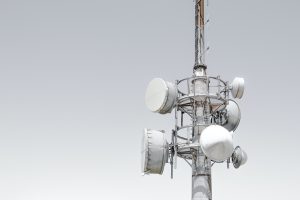Communicating and sharing your research

It is worthwhile considering what methods and communication channels you will use to share your research. Listed below are some common methods for communicating research with a range of audiences – academic, professional and general.
For academic purposes, share your research via these methods to increase the likelihood your research will be viewed, downloaded and cited. This will enable you to measure the impact and engagement of your work.
Researcher profiles
Creating and maintaining researcher profiles can foster connections with your research community, and maximises the visibility of your research outputs and impact. All RMIT researchers and HDR students are encouraged to have an ORCID profile. An ORCID profile can be used to display your research interests and activities, list your publications, qualifications and achievements, and link to other research and professional profiles. Some journals require researchers to provide their ORCID identifier when submitting articles for publication.
Blog, tweet, and post about your research
Consider writing a blog to share your research, or create a professional or academic Twitter or LinkedIn profile to connect with other researchers, share ideas and post links to your research writing and publications. Remember to include a DOI (Digital Object Identifier) when posting about your work – this will help you track citations, views and downloads. For more information regarding sharing using social media see the Library guide Social media for researchers.
For HDR Candidates
See the Thesis Whisperer and Research Whisperer blogs – both excellent resources for research students and early career researchers. If you have a Twitter profile, consider following their Twitter accounts. If you don’t use Twitter, consider signing up to the mailing list for either blog.
Watch this video for a brief introduction to using social media when communicating your research.
Communicate your research (2:14 mins)
“Communicate Your Research” by Andy Tattersall, ScHARR library is licensed under CC BY 4.0
Share your research data
Sharing your research data can be another method of promoting your research – the increased exposure may lead to new collaborations and new research projects with other researchers, or extra citations for your publications.
In some cases it may be mandated that you share your research data when submitting an article for publication. See the Library’s guide to Research Data Management for advice on managing and sharing your research data.
Test Your Knowledge

